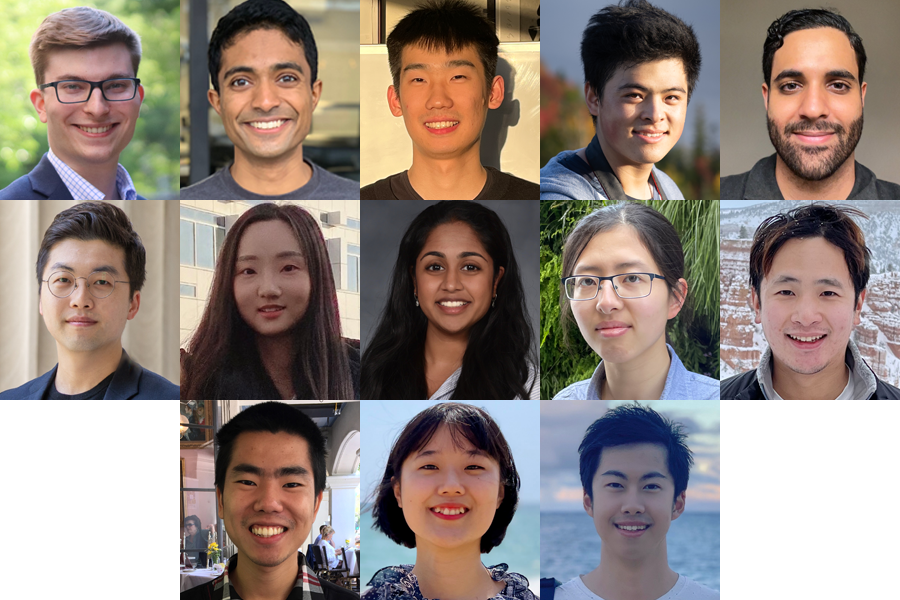The School of Engineering has selected 13 new Takeda Fellows for the 2023-24 academic year. With support from Takeda, the graduate students will conduct pathbreaking research ranging from remote health monitoring for virtual clinical trials to ingestible devices for at-home, long-term diagnostics.
Now in its fourth year, the MIT-Takeda Program, a collaboration between MIT’s School of Engineering and Takeda, fuels the development and application of artificial intelligence capabilities to benefit human health and drug development. Part of the Abdul Latif Jameel Clinic for Machine Learning in Health, the program coalesces disparate disciplines, merges theory and practical implementation, combines algorithm and hardware innovations, and creates multidimensional collaborations between academia and industry.
The 2023-24 Takeda Fellows are:
Adam Gierlach
Adam Gierlach is a PhD candidate in the Department of Electrical Engineering and Computer Science. Gierlach’s work combines innovative biotechnology with machine learning to create ingestible devices for advanced diagnostics and delivery of therapeutics. In his previous work, Gierlach developed a non-invasive, ingestible device for long-term gastric recordings in free-moving patients. With the support of a Takeda Fellowship, he will build on this pathbreaking work by developing smart, energy-efficient, ingestible devices powered by application-specific integrated circuits for at-home, long-term diagnostics. These revolutionary devices — capable of identifying, characterizing, and even correcting gastrointestinal diseases — represent the leading edge of biotechnology. Gierlach’s innovative contributions will help to advance fundamental research on the enteric nervous system and help develop a better understanding of gut-brain axis dysfunctions in Parkinson’s disease, autism spectrum disorder, and other prevalent disorders and conditions.
Vivek Gopalakrishnan
Vivek Gopalakrishnan is a PhD candidate in the Harvard-MIT Program in Health Sciences and Technology. Gopalakrishnan’s goal is to develop biomedical machine-learning methods to improve the study and treatment of human disease. Specifically, he employs computational modeling to advance new approaches for minimally invasive, image-guided neurosurgery, offering a safe alternative to open brain and spinal procedures. With the support of a Takeda Fellowship, Gopalakrishnan will develop real-time computer vision algorithms that deliver high-quality, 3D intraoperative image guidance by extracting and fusing information from multimodal neuroimaging data. These algorithms could allow surgeons to reconstruct 3D neurovasculature from X-ray angiography, thereby enhancing the precision of device deployment and enabling more accurate localization of healthy versus pathologic anatomy.
Hao He
Hao He is a PhD candidate in the Department of Electrical Engineering and Computer Science. His research interests lie at the intersection of generative AI, machine learning, and their applications in medicine and human health, with a particular emphasis on passive, continuous, remote health monitoring to support virtual clinical trials and health-care management. More specifically, He aims to develop trustworthy AI models that promote equitable access and deliver fair performance independent of race, gender, and age. In his past work, He has developed monitoring systems applied in clinical studies of Parkinson’s disease, Alzheimer’s disease, and epilepsy. Supported by a Takeda Fellowship, He will develop a novel technology for the passive monitoring of sleep stages (using radio signaling) that seeks to address existing gaps in performance across different demographic groups. His project will tackle the problem of imbalance in available datasets and account for intrinsic differences across subpopulations, using generative AI and multi-modality/multi-domain learning, with the goal of learning robust features that are invariant to different subpopulations. He’s work holds great promise for delivering advanced, equitable health-care services to all people and could significantly impact health care and AI.
Chengyi Long
Chengyi Long is a PhD candidate in the Department of Civil and Environmental Engineering. Long’s interdisciplinary research integrates the methodology of physics, mathematics, and computer science to investigate questions in ecology. Specifically, Long is developing a series of potentially groundbreaking techniques to explain and predict the temporal dynamics of ecological systems, including human microbiota, which are essential subjects in health and medical research. His current work, supported by a Takeda Fellowship, is focused on developing a conceptual, mathematical, and practical framework to understand the interplay between external perturbations and internal community dynamics in microbial systems, which may serve as a key step toward finding bio solutions to health management. A broader perspective of his research is to develop AI-assisted platforms to anticipate the changing behavior of microbial systems, which may help to differentiate between healthy and unhealthy hosts and design probiotics for the prevention and mitigation of pathogen infections. By creating novel methods to address these issues, Long’s research has the potential to offer powerful contributions to medicine and global health.
Omar Mohd
Omar Mohd is a PhD candidate in the Department of Electrical Engineering and Computer Science. Mohd’s research is focused on developing new technologies for the spatial profiling of microRNAs, with potentially important applications in cancer research. Through innovative combinations of micro-technologies and AI-enabled image analysis to measure the spatial variations of microRNAs within tissue samples, Mohd hopes to gain new insights into drug resistance in cancer. This work, supported by a Takeda Fellowship, falls within the emerging field of spatial transcriptomics, which seeks to understand cancer and other diseases by examining the relative locations of cells and their contents within tissues. The ultimate goal of Mohd’s current project is to find multidimensional patterns in tissues that may have prognostic value for cancer patients. One valuable component of his work is an open-source AI program developed with collaborators at Beth Israel Deaconess Medical Center and Harvard Medical School to auto-detect cancer epithelial cells from other cell types in a tissue sample and to correlate their abundance with the spatial variations of microRNAs. Through his research, Mohd is making innovative contributions at the interface of microsystem technology, AI-based image analysis, and cancer treatment, which could significantly impact medicine and human health.
Sanghyun Park
Sanghyun Park is a PhD candidate in the Department of Mechanical Engineering. Park specializes in the integration of AI and biomedical engineering to address complex challenges in human health. Drawing on his expertise in polymer physics, drug delivery, and rheology, his research focuses on the pioneering field of in-situ forming implants (ISFIs) for drug delivery. Supported by a Takeda Fellowship, Park is currently developing an injectable formulation designed for long-term drug delivery. The primary goal of his research is to unravel the compaction mechanism of drug particles in ISFI formulations through comprehensive modeling and in-vitro characterization studies utilizing advanced AI tools. He aims to gain a thorough understanding of this unique compaction mechanism and apply it to drug microcrystals to achieve properties optimal for long-term drug delivery. Beyond these fundamental studies, Park’s research also focuses on translating this knowledge into practical applications in a clinical setting through animal studies specifically aimed at extending drug release duration and improving mechanical properties. The innovative use of AI in developing advanced drug delivery systems, coupled with Park’s valuable insights into the compaction mechanism, could contribute to improving long-term drug delivery. This work has the potential to pave the way for effective management of chronic diseases, benefiting patients, clinicians, and the pharmaceutical industry.
Huaiyao Peng
Huaiyao Peng is a PhD candidate in the Department of Biological Engineering. Peng’s research interests are focused on engineered tissue, microfabrication platforms, cancer metastasis, and the tumor microenvironment. Specifically, she is advancing novel AI techniques for the development of pre-cancer organoid models of high-grade serous ovarian cancer (HGSOC), an especially lethal and difficult-to-treat cancer, with the goal of gaining new insights into progression and effective treatments. Peng’s project, supported by a Takeda Fellowship, will be one of the first to use cells from serous tubal intraepithelial carcinoma lesions found in the fallopian tubes of many HGSOC patients. By examining the cellular and molecular changes that occur in response to treatment with small molecule inhibitors, she hopes to identify potential biomarkers and promising therapeutic targets for HGSOC, including personalized treatment options for HGSOC patients, ultimately improving their clinical outcomes. Peng’s work has the potential to bring about important advances in cancer treatment and spur innovative new applications of AI in health care.
Priyanka Raghavan
Priyanka Raghavan is a PhD candidate in the Department of Chemical Engineering. Raghavan’s research interests lie at the frontier of predictive chemistry, integrating computational and experimental approaches to build powerful new predictive tools for societally important applications, including drug discovery. Specifically, Raghavan is developing novel models to predict small-molecule substrate reactivity and compatibility in regimes where little data is available (the most realistic regimes). A Takeda Fellowship will enable Raghavan to push the boundaries of her research, making innovative use of low-data and multi-task machine learning approaches, synthetic chemistry, and robotic laboratory automation, with the goal of creating an autonomous, closed-loop system for the discovery of high-yielding organic small molecules in the context of underexplored reactions. Raghavan’s work aims to identify new, versatile reactions to broaden a chemist’s synthetic toolbox with novel scaffolds and substrates that could form the basis of essential drugs. Her work has the potential for far-reaching impacts in early-stage, small-molecule discovery and could help make the lengthy drug-discovery process significantly faster and cheaper.
Zhiye Song
Zhiye “Zoey” Song is a PhD candidate in the Department of Electrical Engineering and Computer Science. Song’s research integrates cutting-edge approaches in machine learning (ML) and hardware optimization to create next-generation, wearable medical devices. Specifically, Song is developing novel approaches for the energy-efficient implementation of ML computation in low-power medical devices, including a wearable ultrasound “patch” that captures and processes images for real-time decision-making capabilities. Her recent work, conducted in collaboration with clinicians, has centered on bladder volume monitoring; other potential applications include blood pressure monitoring, muscle diagnosis, and neuromodulation. With the support of a Takeda Fellowship, Song will build on that promising work and pursue key improvements to existing wearable device technologies, including developing low-compute and low-memory ML algorithms and low-power chips to enable ML on smart wearable devices. The technologies emerging from Song’s research could offer exciting new capabilities in health care, enabling powerful and cost-effective point-of-care diagnostics and expanding individual access to autonomous and continuous medical monitoring.
Peiqi Wang
Peiqi Wang is a PhD candidate in the Department of Electrical Engineering and Computer Science. Wang’s research aims to develop machine learning methods for learning and interpretation from medical images and associated clinical data to support clinical decision-making. He is developing a multimodal representation learning approach that aligns knowledge captured in large amounts of medical image and text data to transfer this knowledge to new tasks and applications. Supported by a Takeda Fellowship, Wang will advance this promising line of work to build robust tools that interpret images, learn from sparse human feedback, and reason like doctors, with potentially major benefits to important stakeholders in health care.
Oscar Wu
Haoyang “Oscar” Wu is a PhD candidate in the Department of Chemical Engineering. Wu’s research integrates quantum chemistry and deep learning methods to accelerate the process of small-molecule screening in the development of new drugs. By identifying and automating reliable methods for finding transition state geometries and calculating barrier heights for new reactions, Wu’s work could make it possible to conduct the high-throughput ab initio calculations of reaction rates needed to screen the reactivity of large numbers of active pharmaceutical ingredients (APIs). A Takeda Fellowship will support his current project to: (1) develop open-source software for high-throughput quantum chemistry calculations, focusing on the reactivity of drug-like molecules, and (2) develop deep learning models that can quantitatively predict the oxidative stability of APIs. The tools and insights resulting from Wu’s research could help to transform and accelerate the drug-discovery process, offering significant benefits to the pharmaceutical and medical fields and to patients.
Soojung Yang
Soojung Yang is a PhD candidate in the Department of Materials Science and Engineering. Yang’s research applies cutting-edge methods in geometric deep learning and generative modeling, along with atomistic simulations, to better understand and model protein dynamics. Specifically, Yang is developing novel tools in generative AI to explore protein conformational landscapes that offer greater speed and detail than physics-based simulations at a substantially lower cost. With the support of a Takeda Fellowship, she will build upon her successful work on the reverse transformation of coarse-grained proteins to the all-atom resolution, aiming to build machine-learning models that bridge multiple size scales of protein conformation diversity (all-atom, residue-level, and domain-level). Yang’s research holds the potential to provide a powerful and widely applicable new tool for researchers who seek to understand the complex protein functions at work in human diseases and to design drugs to treat and cure those diseases.
Yuzhe Yang
Yuzhe Yang is a PhD candidate in the Department of Electrical Engineering and Computer Science. Yang’s research interests lie at the intersection of machine learning and health care. In his past and current work, Yang has developed and applied innovative machine-learning models that address key challenges in disease diagnosis and tracking. His many notable achievements include the creation of one of the first machine learning-based solutions using nocturnal breathing signals to detect Parkinson’s disease (PD), estimate disease severity, and track PD progression. With the support of a Takeda Fellowship, Yang will expand this promising work to develop an AI-based diagnosis model for Alzheimer’s disease (AD) using sleep-breathing data that is significantly more reliable, flexible, and economical than current diagnostic tools. This passive, in-home, contactless monitoring system — resembling a simple home Wi-Fi router — will also enable remote disease assessment and continuous progression tracking. Yang’s groundbreaking work has the potential to advance the diagnosis and treatment of prevalent diseases like PD and AD, and it offers exciting possibilities for addressing many health challenges with reliable, affordable machine-learning tools.

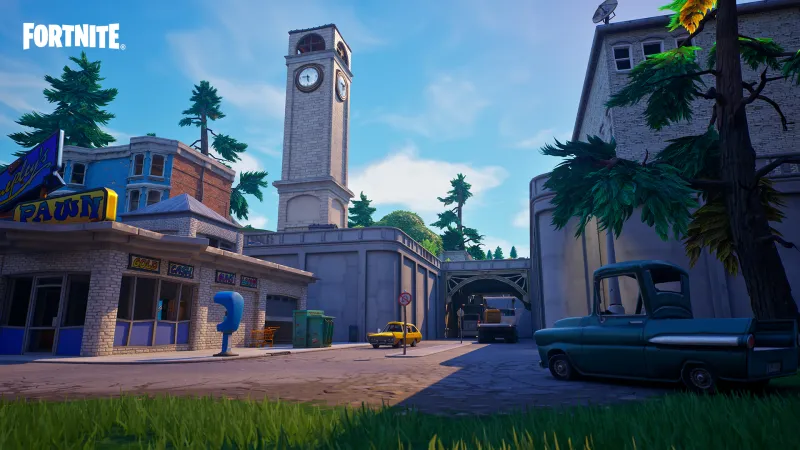









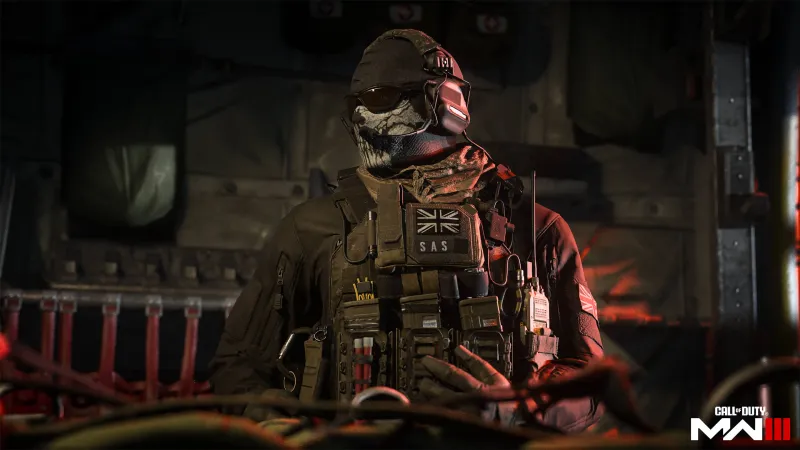
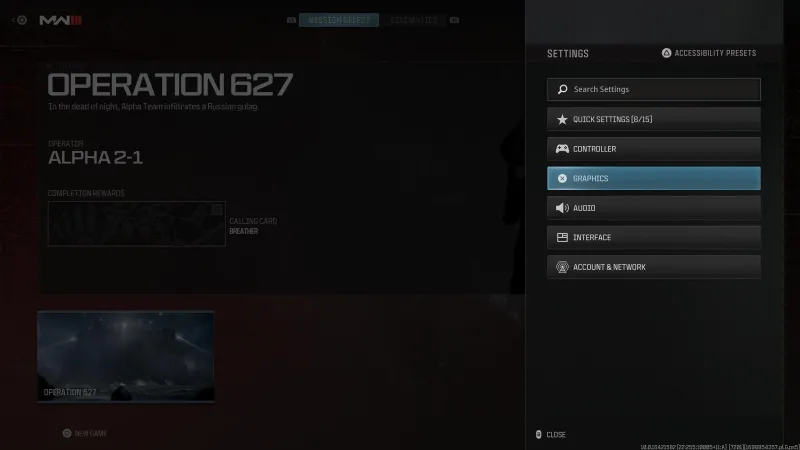
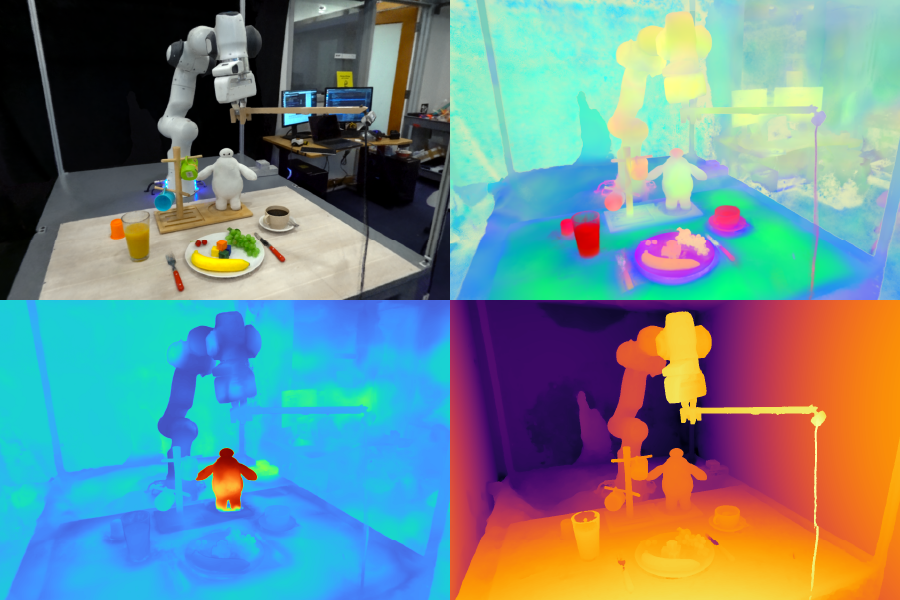


 YoloBox & Instream In One.
YoloBox & Instream In One.  Mission-Critical Cellular Bonding.
Mission-Critical Cellular Bonding.


